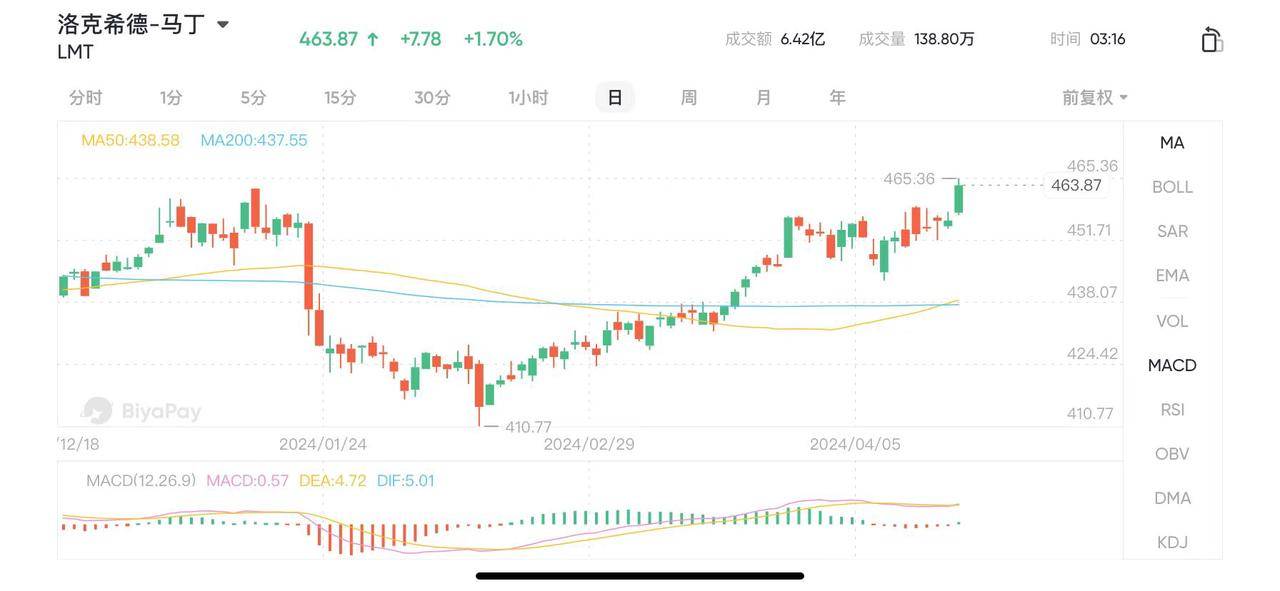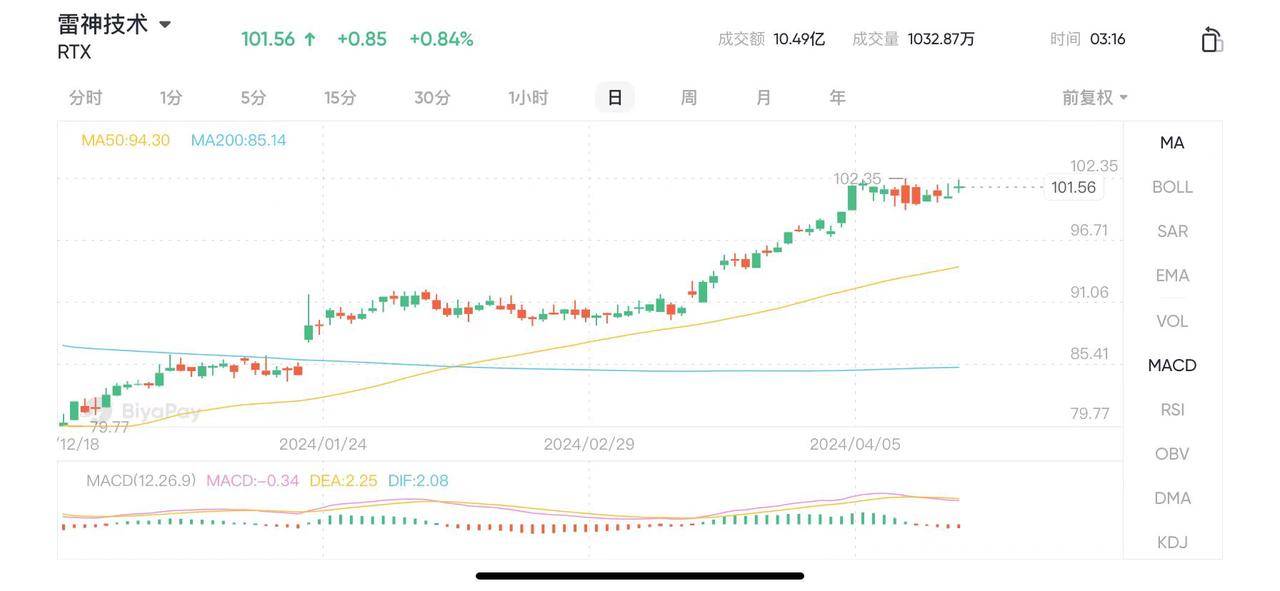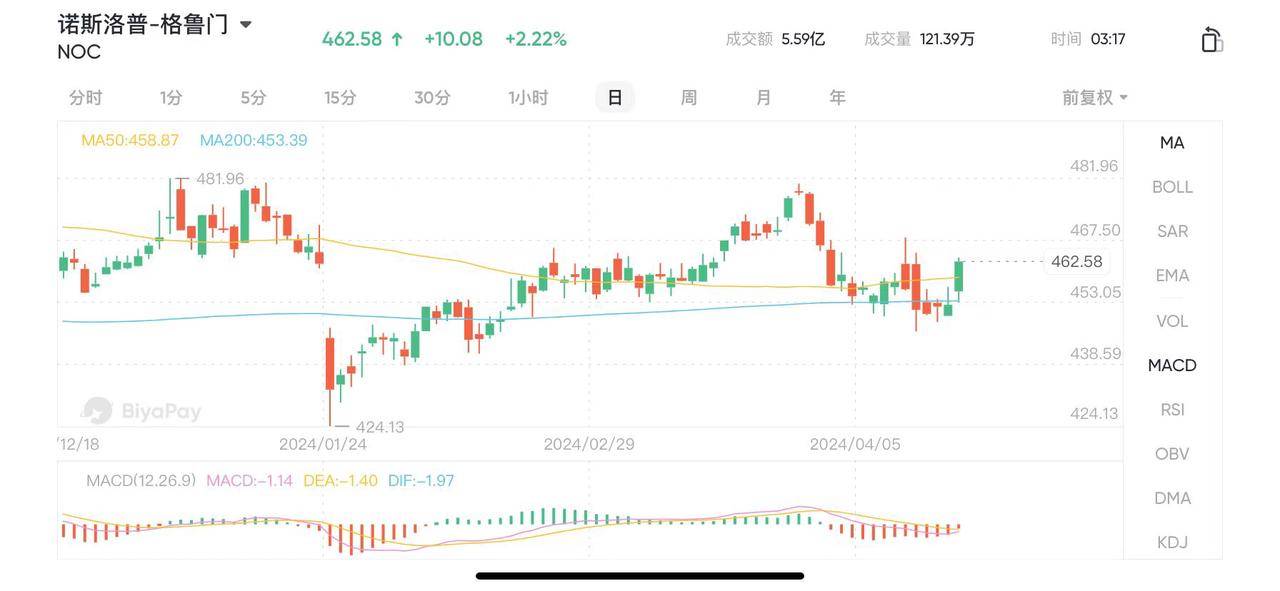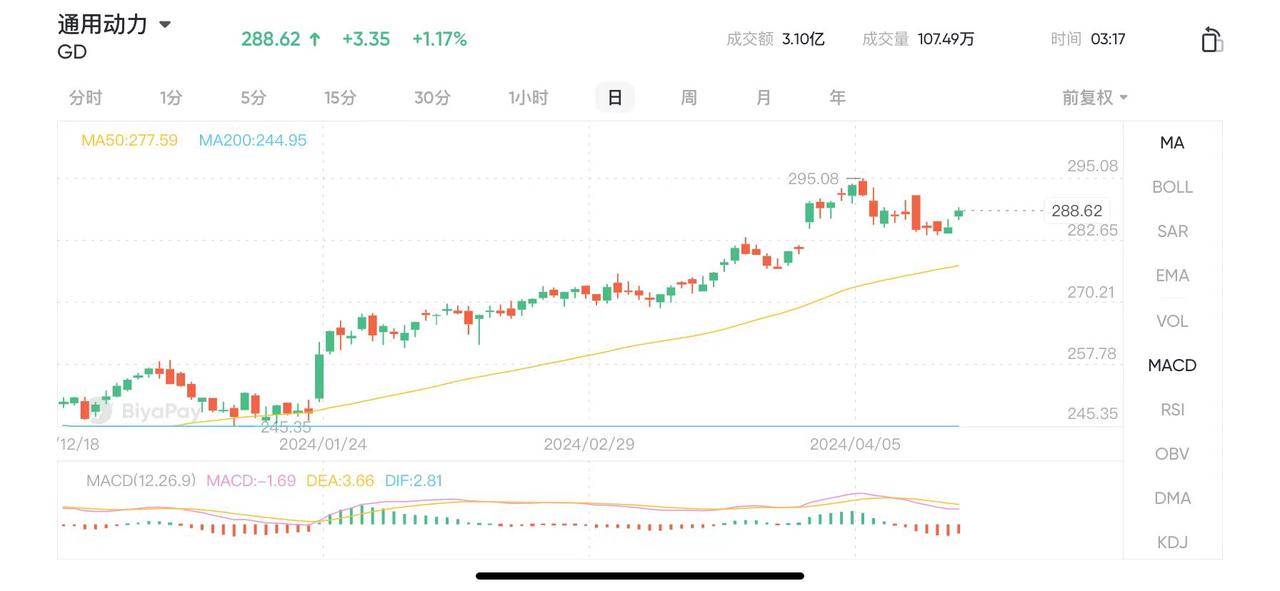- Remittance
- Exchange Rate
- Stock
- Events
- EasyCard
- More
- Download
U.S. Stocks Plunge on Friday, Which Stocks Can Survive Adversity?

Last week, under the influence of geopolitical risks and diminishing expectations for interest rate cuts, U.S. stocks experienced a significant pullback. The S&P 500 index fell by 3%, marking the largest weekly decline since October last year. Capital flowed into safe-haven assets such as precious metals and the bond market, with gold prices reaching new highs. The U.S. dollar index remained stable, oscillating above the 106 level. Fortunately, oil prices did not rise further.
Market analysts point out that this pullback mainly stems from three reasons.
Firstly, overvaluation. Post-pandemic, valuations of some companies in the U.S. stock market has rapidly increased, with some companies’ market values far exceeding fundamental supports, leading to increased market risks.
Secondly, inflation. The U.S. economic data has been strong, and inflationary pressures continue to rise. Recent speeches by Federal Reserve officials have collectively turned hawkish, raising market concerns that the Fed might delay interest rate cuts or even tighten monetary policy sooner, putting pressure on the stock market.
Lastly, geopolitical instability and frequent black swan events have led to market pullbacks. Additionally, escalating conflicts could drive up the prices of gold, silver, oil, and commodities, making inflation control more difficult and thus weakening the expectations for rate cuts.
Given these three major reasons, which stocks can investors consider?
Low Valuation
One method to find undervalued stocks is to look at the price-to-earnings ratio, or P/E ratio. The P/E ratio is calculated by dividing the company’s stock price by its earnings per share. To find a company’s earnings per share, divide its earnings over the past 12 months by the number of shares issued and held by shareholders. If you find a company with a low P/E ratio, you have the opportunity to acquire valuable stocks at a discount.
In addition to the P/E ratio, a company’s market capitalization can also give you a deeper understanding of the real value of a stock. Market capitalization is the total value of a company’s stock, which can indicate the profitability of the company. You can calculate market capitalization by multiplying the current price of a single stock by the total number of shares held by shareholders.
During volatile stock market periods, undervalued stocks may be more attractive to some investors.
Stocks of undervalued companies might possess strong cash flows and balance sheets. Therefore, investors might buy these stocks even if their prices are falling, as they acquire what they consider valuable stocks for less money before prices rise.
Here are the ten stocks in the S&P 500 index with the lowest valuations, listed in order from lowest to highest P/E ratio:
Company
- APA Corporation: Mainly engaged in oil and gas exploration and production, focusing on the development and production of natural gas, crude oil, and natural gas liquids, with a P/E of 3.8.
- United Airlines Holdings Inc: A major U.S. airline providing domestic and international passenger and cargo air transportation services, with a P/E of 5.66.
- FMC Corp.: A chemical manufacturing company specializing in chemicals for agriculture, including pesticides, herbicides, and fungicides, with a P/E of 5.71.
- General Motors Company: An automotive manufacturing company that designs, manufactures, and sells automobiles, trucks, and related automotive products, with a P/E of 6.18.
- Everest Group Ltd: Provides top-tier property, casualty, and specialty reinsurance and insurance solutions through its global operating subsidiaries, with a P/E of 6.49.
- Delta Air Lines, Inc.: A major American airline offering a wide range of domestic and international flights, with a P/E of 6.50.
- Bunge Global SA: Mainly involved in the agriculture and food industry, covering grain procurement, sales, and processing, with a P/E of 6.97.
- Valero Energy Corp.: Mainly engaged in oil refining and ethanol production, as well as the international marketing of related products, with a P/E of 7.29.
- Aptiv PLC: A global technology company focused on designing and manufacturing automotive components and providing electronic systems, integrated solutions, etc., with a P/E of 7.49.
- Arch Capital Group Ltd: An insurance and reinsurance service company offering a wide range of insurance products and services involving property, casualty, and specialty insurance markets, with a P/E of 7.94.
All investments carry risks, and undervalued stocks are no exception. Some companies with undervalued stock valuations may not succeed, and sometimes investments may depreciate further.
Inflation Resistant
In a high-inflation environment, investors usually look for stocks and sectors that can offer protection and potentially profit. The following sectors or individual stocks are considered to perform well during high inflation:
- Consumer Staples: These companies produce essential consumer goods such as food, beverages, and personal care products, with stable demand. Representative companies include Procter & Gamble (P&G) and Coca-Cola.
- Energy Companies: High inflation is often associated with rising energy prices, so energy companies like ExxonMobil and Chevron may benefit from high oil prices.
- Real Estate Investment Trusts (REITs): Some real estate sectors, especially those that can hedge against inflation through rent increases, such as residential and industrial property REITs, can provide protection for investors. For example, Prologis, a giant in the U.S. warehouse sector, is an option.
- Financial Services: Financial companies such as banks and insurance companies can adapt to an inflationary environment by raising loan interest rates and insurance premiums. For example, major banks like JPMorgan Chase and Bank of America usually perform well in this environment.
Geopolitical
In environments of geopolitical tension and potential conflicts, certain industries and companies may stand out, especially those providing military and defense-related products and services. Here are a few stocks that could benefit from this environment:
- Lockheed Martin (LMT) - As one of the world’s largest defense contractors, Lockheed Martin produces F-35 fighter jets, missiles, and other advanced military equipment.

- Raytheon Technologies (RTX) - The company is involved in multiple defense areas, including guidance systems, missiles, avionics, and cybersecurity products.

- Northrop Grumman (NOC) - Specializes in aviation, space, missile defense, and electronic warfare, manufacturing equipment such as the B-2 stealth bomber and the Global Hawk unmanned aerial vehicle.

- General Dynamics (GD) - The company’s business includes shipbuilding, submarines, and land combat systems, such as the Abrams tank.

These companies usually receive orders during periods of increased defense budgets or international conflicts, thereby driving their stock prices up. However, investing in such stocks requires considering the high level of uncertainty and risks, especially since rapid changes in political and economic conditions can affect orders from the U.S. Department of Defense, thereby affecting stock prices.
Conclusion
This week will be an earnings report week, with 178 S&P 500 index constituent companies announcing their financial results, representing 40% of the total market capitalization, including four of the seven giants: Tesla, Meta, Microsoft, and Google. This week, the U.S. will also publish the core Personal Consumption Expenditures (PCE) price index report.

Investors face challenges in selecting stocks and ensuring the safety of their capital when investing in U.S. stocks. The author recommends major stock trading platforms such as Charles Schwab and BiyaPay. BiyaPay, as a professional platform for investing in Hong Kong and U.S. stocks, not only allow direct trading of these stocks, but also provide a fast and timely solution for depositing funds into Charles Schwab accounts for investors in Hong Kong and U.S. stocks.
The information above is sourced from the internet and is not intended as investment advice. Investing involves risks, and entering the market should be done with caution.

























